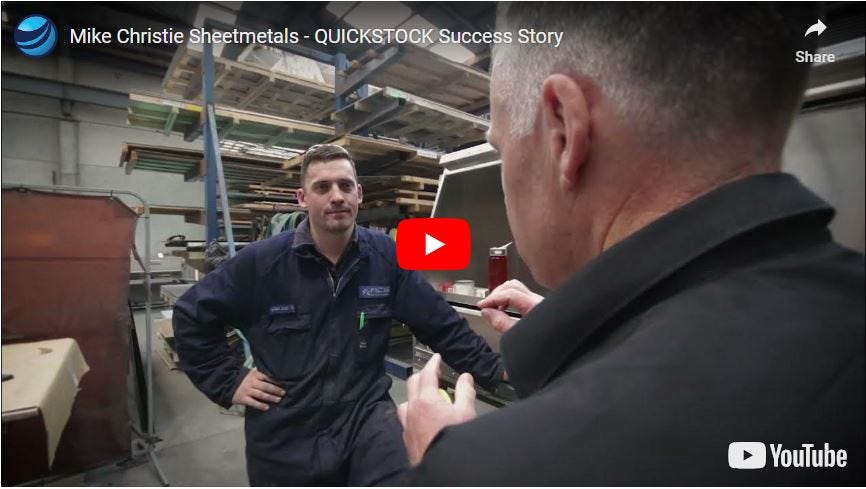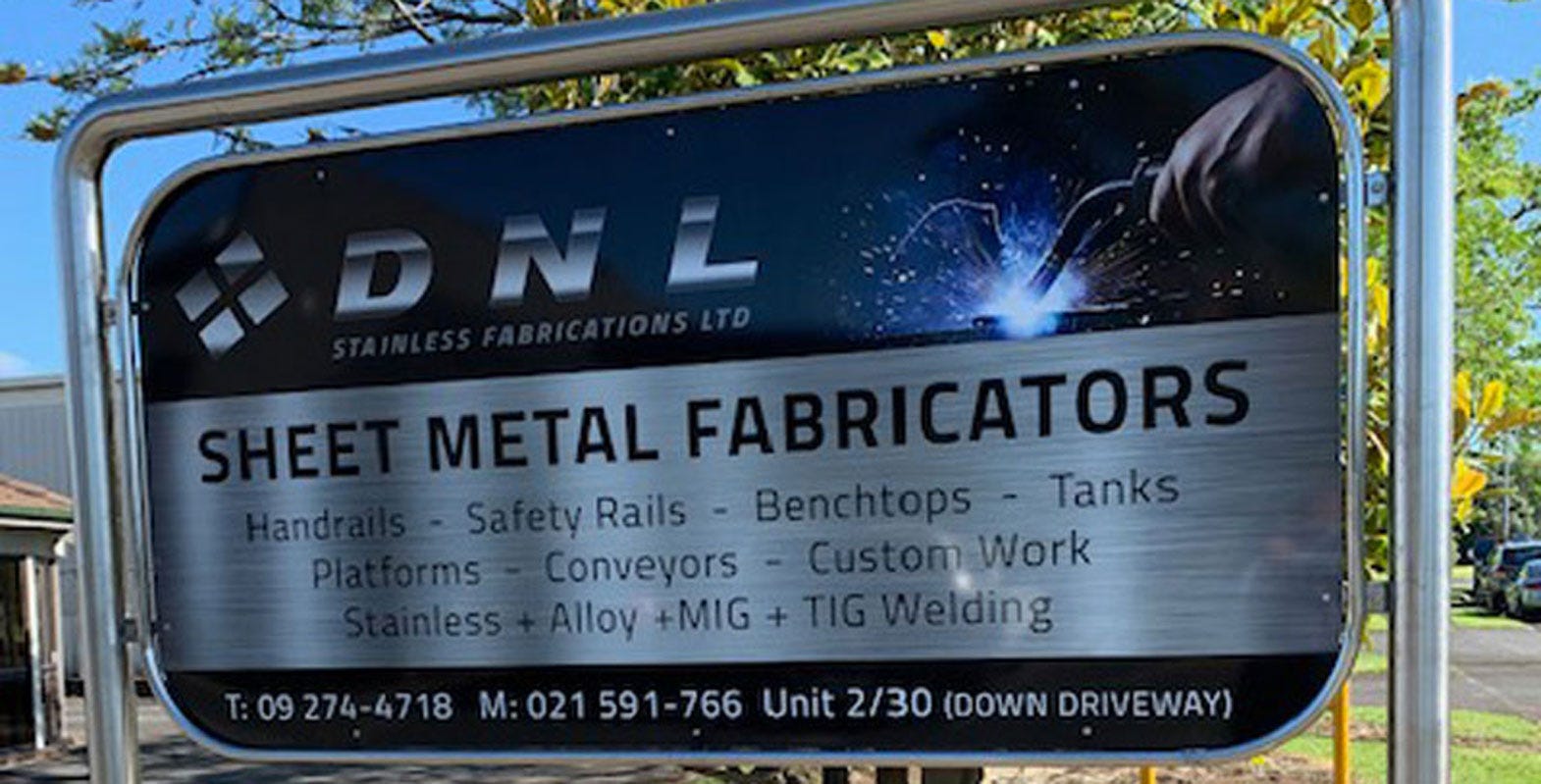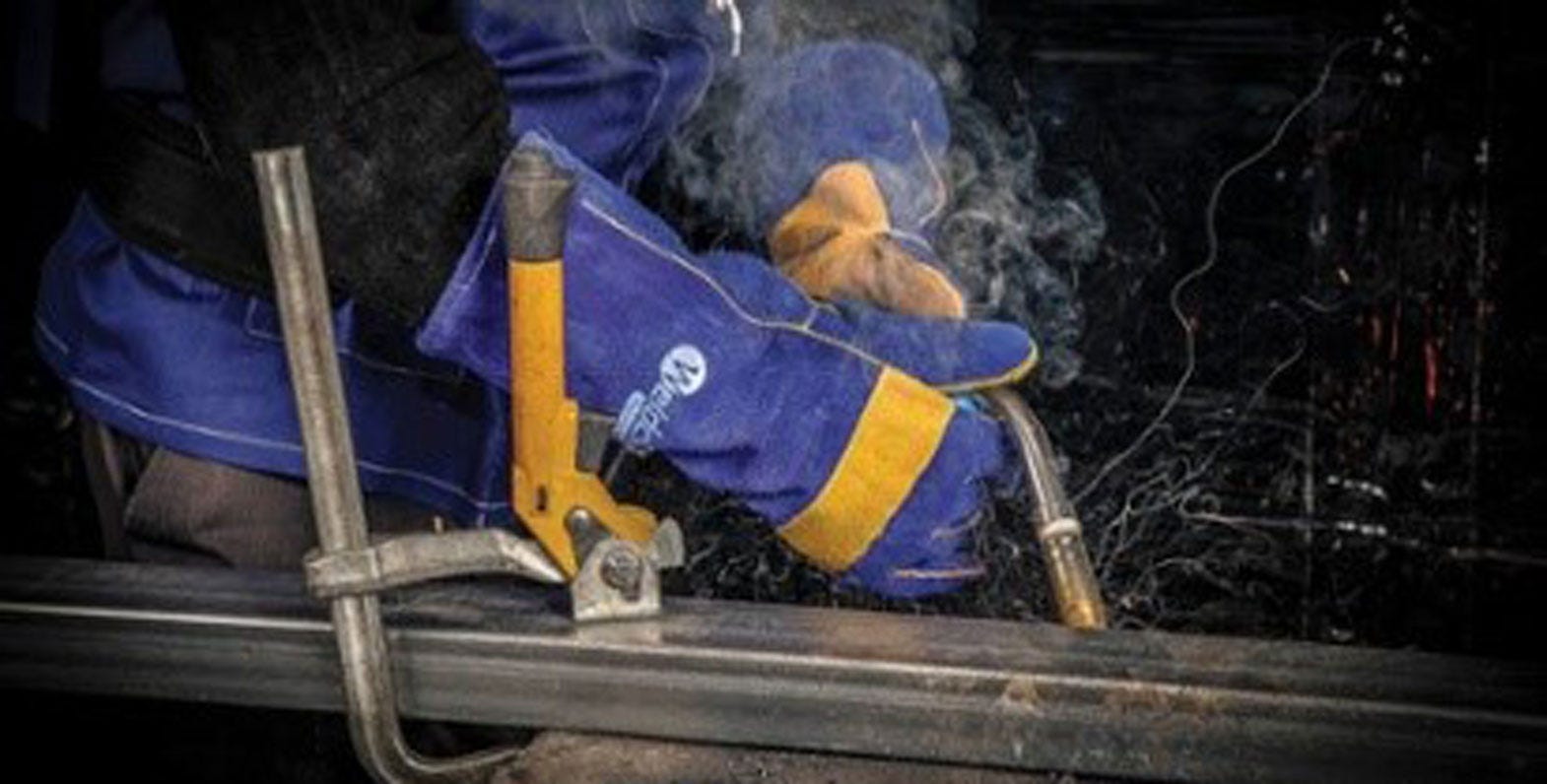Welding Wisdom: Comparing MIG vs TIG Techniques.
Metal Inert Gas (MIG) and Tungsten Inert Gas (TIG) welding are two of the most common welding techniques used to join metal parts. Although they may seem similar at first glance, there are some key differences between the two that make them more suitable for certain welding applications.


MIG WELDING
Also known as Gas Metal Arc Welding (GMAW), is a welding process that uses a continuously fed electrode wire and an inert gas to protect the weld from oxidation. This process is fast, efficient, and can be automated, making it a good choice for large-scale welding operations where speed and production are important. The electrode wire serves as both the filler material and the electrode, meaning that there is no need to manually feed filler metal into the weld pool, which saves time and makes the process more efficient. MIG welding is typically used on metals such as steel, aluminium, and stainless steel.
TIG WELDING
On the other hand, is a welding technique that uses a non-consumable tungsten electrode to produce the weld. The welder must manually feed a filler metal into the weld pool, which gives the welder greater control and precision over the weld. This makes TIG welding a good choice for delicate or high-precision welding applications, such as welding thin metal parts, creating intricate welds, or welding dissimilar metals. TIG welding is typically used on metals such as aluminium, magnesium, copper, and stainless steel.


So, in summary the differences between MIG and TIG welding are; MIG welding is an efficient and fast welding process that is well-suited for large-scale welding operations, while TIG welding offers greater control and precision, making it an ideal choice for delicate or high-precision welding applications. Both techniques have their own unique advantages and disadvantages, and the choice between the two will depend on the specific requirements of each welding project and the type of metal being welded.


 Need assistance?
Need assistance?






